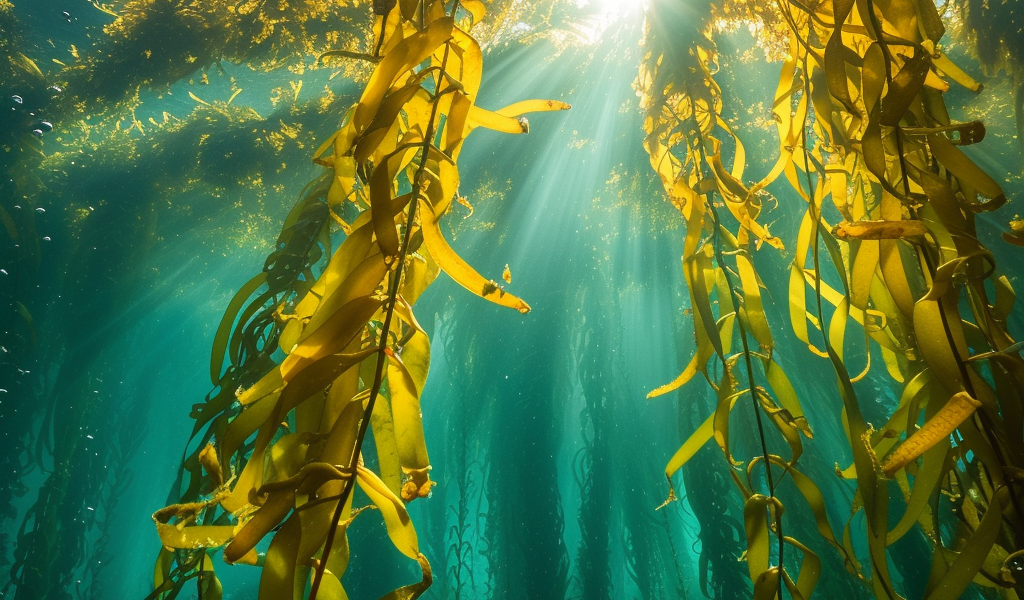Recent scientific findings suggest that kelp forests have been thriving in the oceans for over 32 million years, providing a crucial habitat for a diverse range of marine life. The study, published in PNAS, challenges previous assumptions about the age of kelp forests and sheds light on their role in ancient marine ecosystems.
Kelp forests along the Pacific coastline are described as underwater jungles, teeming with a variety of marine organisms such as snails, urchins, sea lions, and sea otters. Cindy Looy, a paleobotanist at the University of California at Berkeley, emphasizes the significance of these ecosystems, stating that they form the basis of rich shallow marine environments.
The research indicates that the first kelps emerged much earlier than previously thought, dating back 32 million years. This suggests that ancient marine mammals may have relied on kelp as a food source, highlighting the enduring importance of these ecosystems throughout history.
The discovery of ancient kelp fossils was made by Jim Goedert, a retired railroad signal inspector, during his regular beachcombing trips along the rocky shoreline of the Olympic Peninsula in Washington. Goedert stumbled upon fossilized kelp holdfasts, which are root-like structures that anchor the towering algae to the seafloor, providing tangible evidence of the ancient origins of kelp forests.
These findings have significant implications for our understanding of marine ecosystems and the long-term impact of kelp on the biodiversity of the oceans. The study not only contributes to the scientific knowledge of ancient marine life but also underscores the enduring importance of preserving kelp forests for the future.





